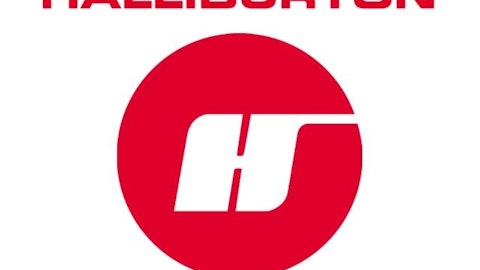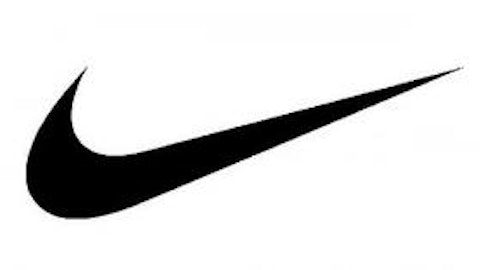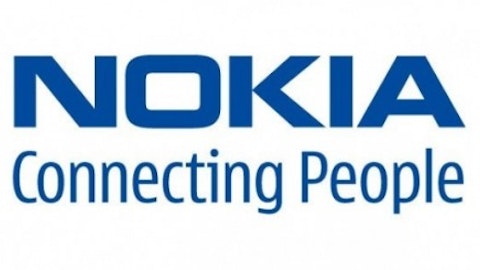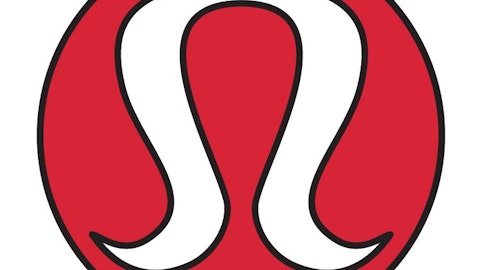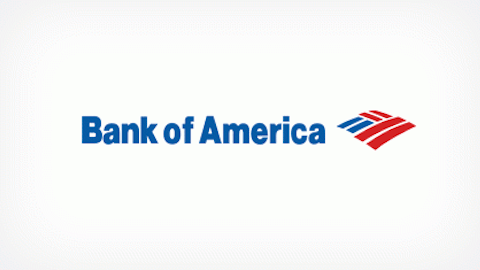Every company develops a brand reputation. Sometimes it helps the company bring in more revenue, and sometimes it plays against it. That’s not the case for NIKE, Inc. (NYSE:NKE), which by sponsoring many high-profile athletes and sports teams all over the world has become one of the most recognized global symbols.
Strong branding is just one of NIKE, Inc. (NYSE:NKE)’s many competitive advantages. A culture of innovation, plenty of international opportunities for revenue expansion, and significant pricing power make this stock a must watch. Its shares are up almost 50% since early January, but this may be just the beginning. How does Nike plan to conquer emerging markets and what does the future hold for shareholders?

Source: Morningstar
Understanding Nike
Founded in 1964 by University of Oregon track athlete Philip Knight and his coach Bill Bowerman, NIKE, Inc. (NYSE:NKE) has become a leading player in the athletic footwear and apparel industry. Over the past 40 years, the company has built several competitive advantages:
— Strong Brand: NIKE, Inc. (NYSE:NKE) has been able to establish strong emotional connections with athletes by building one of the most widely recognized brands in the world. Interbrand puts Nike in the 26th position of its Best Global Brands 2012 Ranking, well above adidas AG (ADR) (OTCBB:ADDYY), which is in the 60th position.
— Pricing Power: Nike’s strong brand has enabled the company to set high prices, and therefore enjoy a higher gross margin in footwear than most of its competitors. Just in the latest quarter, the company posted an increase of 110 basis points in gross margin to 43.9%!
— Global Supply Chain: With more than 1000 factories worldwide and 1 million workers employed, NIKE, Inc. (NYSE:NKE)’s supply chain overshadows any other competitor. The company has the resources needed to supply the world with top-quality shoes without any trouble.

Countries with Nike factories Source: Nike.
— Permanent Innovation: The company is committed to finding and investing in new ideas. Each of Nike’s cash cows — the running business unit alone is worth $3.7 billion alone — started out as a simpleidea. In 2012 the company expanded NIKE+ into Basketball, unveiled new uniforms for the NFL, and developed a shoe upper with a single piece of thread using Flyknit technology, a set of patents that allows Nike to precisely engineer yarns and fabric variations needed for featherweight.
These advantages have allowed the company to more than double its revenue in the past 10 years. As earnings per share grew at a compounded rate of 15%, management returned over $15 billion to shareholders via dividend payments and share repurchases. The key behind these figures is massive growth. It took the company 18 years to earn its first $2 billion in revenue. By growing 8% in 2012, the company added that much in just 12 months.
Nike and Emerging Economies
Emerging markets are a massive opportunity for Nike. Asia and Latin America in particular are set to become the firm’s primary growth engines. Both regions will continue experiencing strong demand for its products due to increasing economic prosperity and a strong interest in sports.
The brand is already the leading player in China with more than $2.4 billion in sales in 2012. Because of increasing competition coming from adidas AG (ADR) (OTCBB:ADDYY) and HENNES & MAURITZ AB (OTCMKTS:HNNMY), however, Nike’s inventories have started to grow faster than its sales after growing its business 23% between 2011 and 2012. That being said, Nike still has plenty of room left for discounts in order to protect its leading position from Adidas.
Brazil is another key market. According to the company’s latest letter to shareholders, management is preparing a marketing plan more ambitious than anything they have done before for the 2014 World Cup and the 2016 Olympics.
Competitors
Nike’s classic rival, adidas AG (ADR) (OTCBB:ADDYY), became stronger after the 2006 acquisition of Reebok. The German sports equipment maker is making steady progress in international expansion, and will also benefit from a sales boost coming from the World Cup next year as it will be sponsoring strong teams, such as Germany, Argentina and Spain. However, by securing more than half of the teams in the 2010 World Cup, including the French and Brazilian national soccer teams, Nike will be the main figure.
HENNES & MAURITZ AB (OTCMKTS:HNNMY) is an example of an indirect competitor. Although the company is best known for style accessories, its interest in the sportswear segment became evident after announcing that it will clothe Sweden’s Olympic teams at the winter and summer games.The company just launched a new and promising marketing campaign where athletes sell fashion clothes.
Although HENNES & MAURITZ AB (OTCMKTS:HNNMY) is a new player in the industry, it has two strong competitive advantages. First, it uses aggressive pricing to attract new customers in emerging economies. Second, it has a huge distribution network. As the world’s largest apparel retailer, it operates more than 2,600 stores all over the world, and no factories. Naturally, the company’s supply chain is riskier than adidas AG (ADR) (OTCBB:ADDYY) or Nike. The good news is that by outsourcing its whole production, HENNES & MAURITZ AB (OTCMKTS:HNNMY) not only has avoided massive capital investments and controversy regarding sweatshops, it has also been able to achieve relatively high profit figures.
What a Fool Believes
The industry certainly looks fierce. That should not be a problem for Nike, however, which has all the competitive advantages needed to keep its leading position in the global athletic footwear, apparel, and equipment market, which is worth as much as $284 billion. With more than a thousand factories all over the world and one of the strongest global brands ever created, Nike is well prepared to capitalize on its emerging markets business and welcome one billion new consumers on the way.
The article How Nike Will Dominate Emerging Markets originally appeared on Fool.com and is written by Adrian Campos.
Adrian Campos has no position in any stocks mentioned. The Motley Fool recommends Nike. The Motley Fool owns shares of Nike.
Copyright © 1995 – 2013 The Motley Fool, LLC. All rights reserved. The Motley Fool has a disclosure policy.

